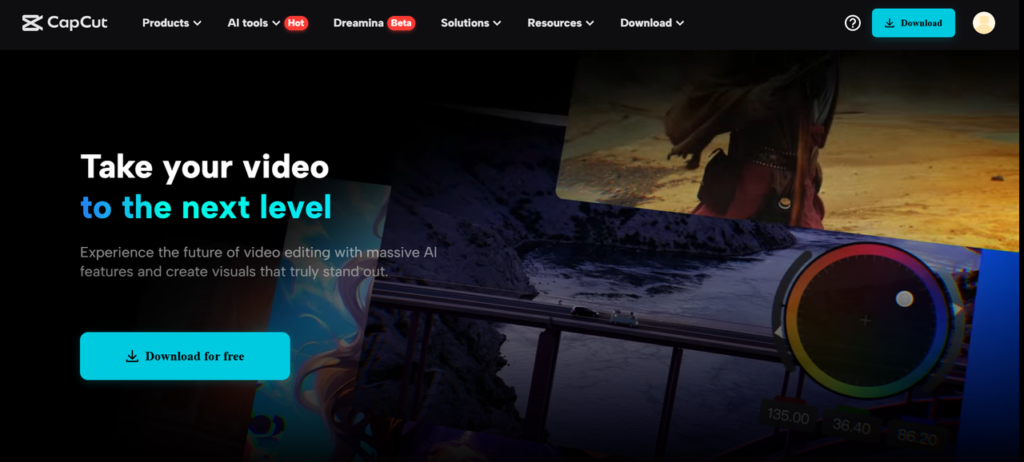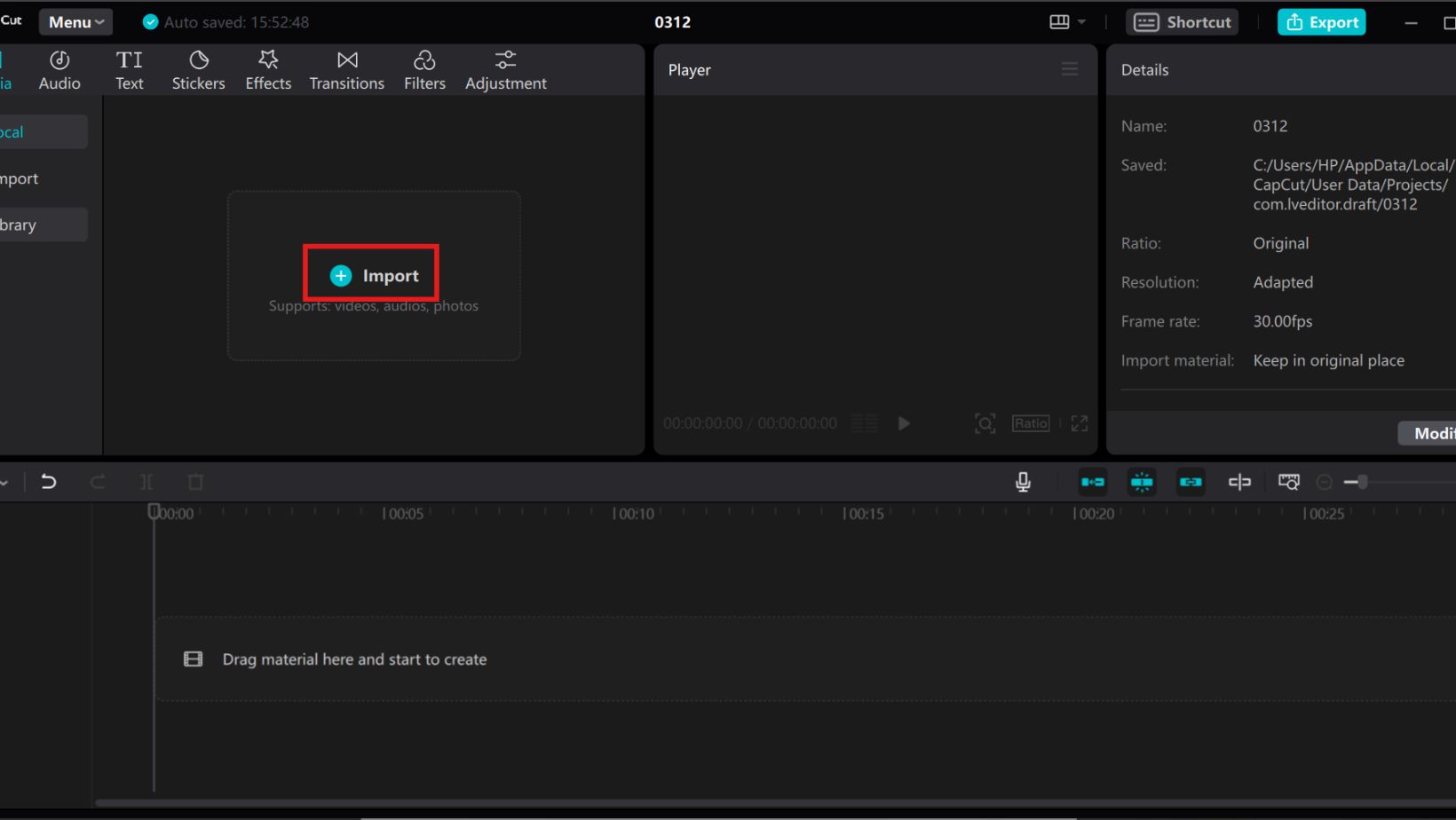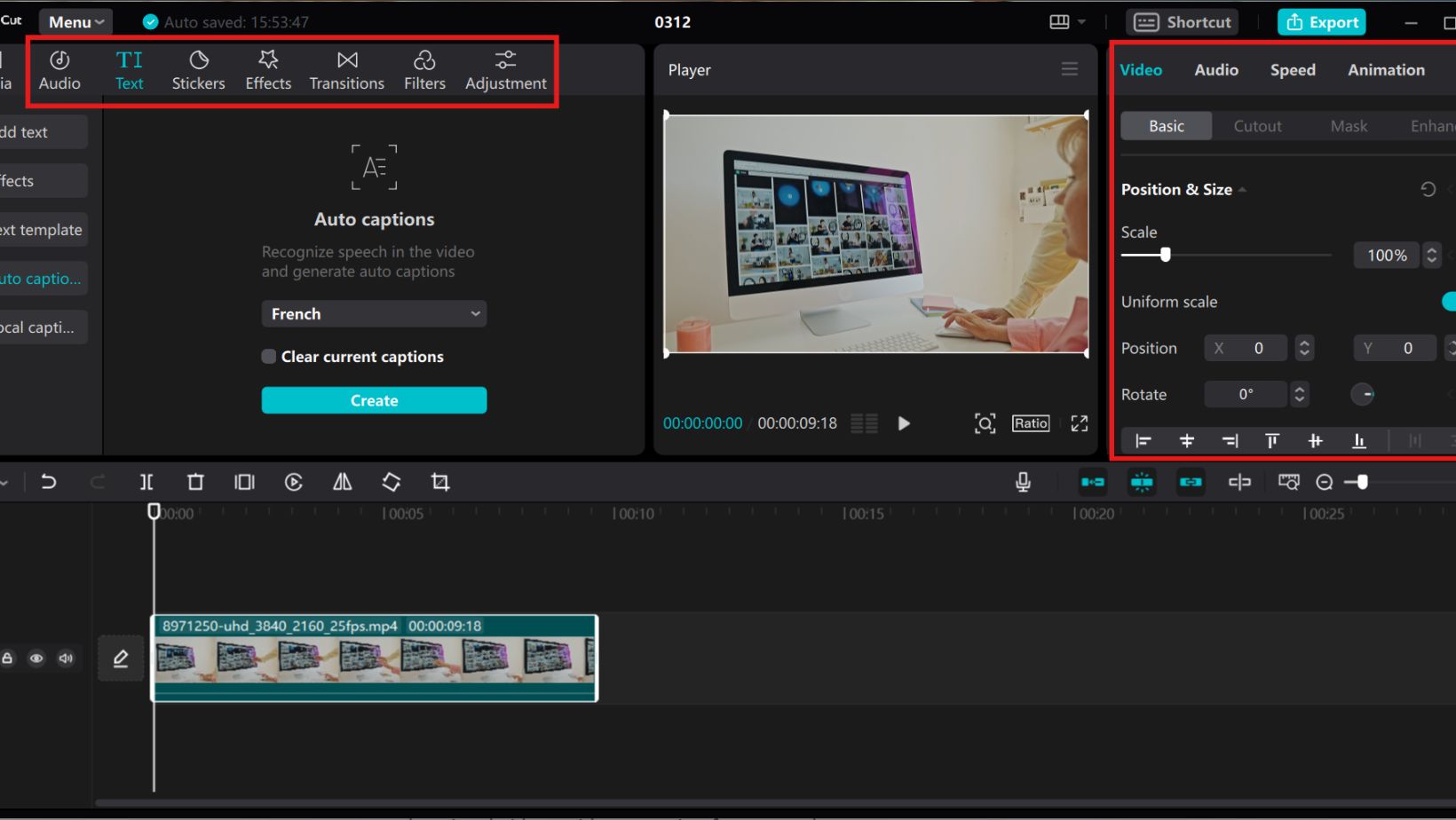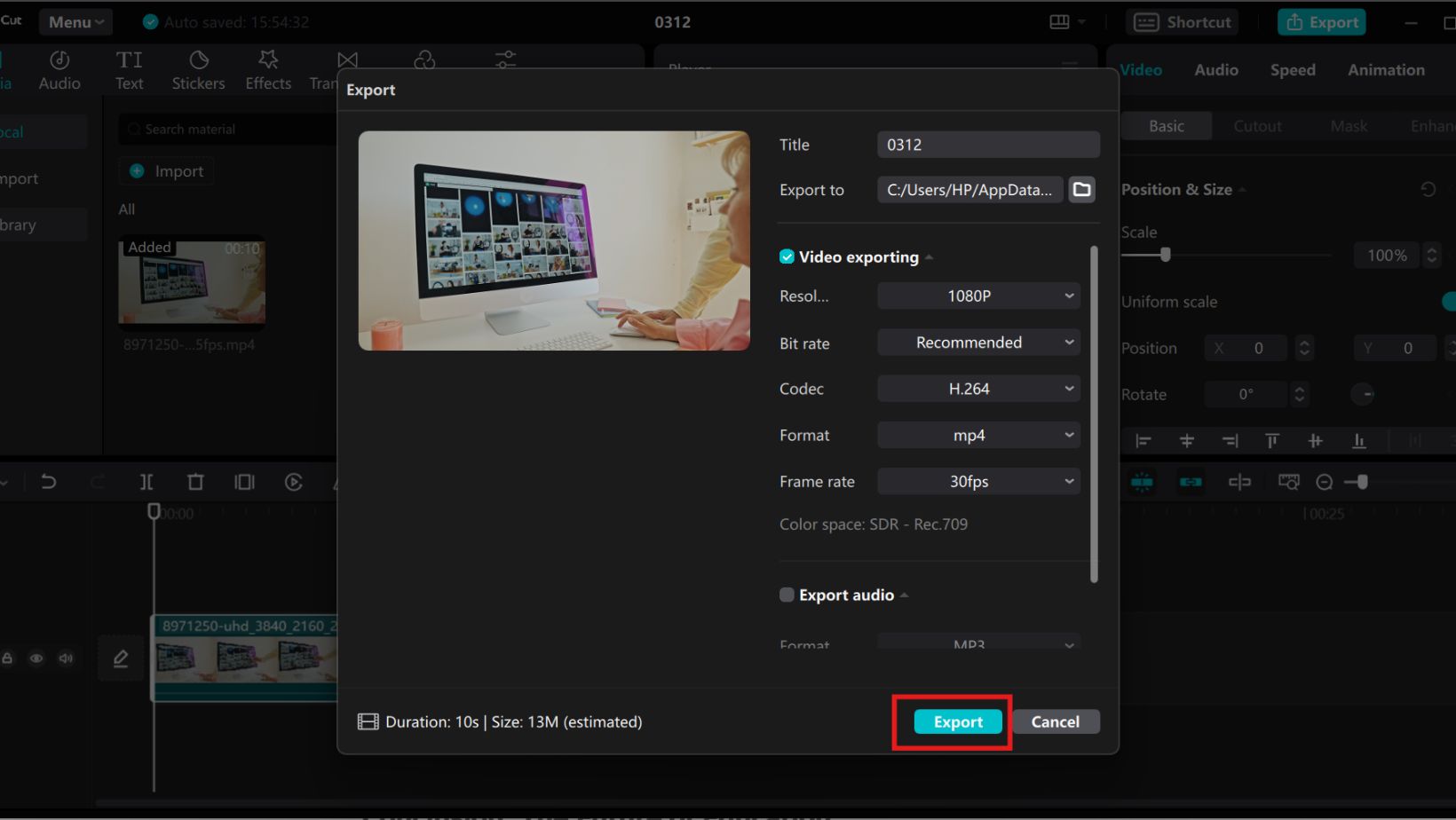Video editing software has become an indispensable tool in the education sector. It empowers educators to create engaging, interactive, and personalized learning experiences that captivate students and enhance understanding. From traditional classroom settings to distance learning environments, video editing plays a crucial role in modern education by providing educators with the means to craft multimedia content that resonates with diverse learning styles. This article explores how free video editing software is transforming the way we teach and learn, highlighting its impact on educational content creation, student engagement, and career preparation.
How Video Editing Software Enhancing Traditional Classroom Lessons
Interactive Learning Experiences
Video editing software allows educators to craft interactive lessons that captivate students and promote active learning. By incorporating multimedia elements such as animations, transitions, and quizzes, teachers can make complex subjects more accessible and engaging. For instance, educators can add interactive layers to videos, including multiple-choice questions and polls, which help assess student understanding and encourage participation.
Personalized Content Creation
Educators can use video editing software to create personalized content tailored to individual students’ needs. This includes recording screencasts with webcam presence and adding dynamic transitions, stickers, and filters to make lessons more engaging. Additionally, a caption generator can be used to add subtitles to educational videos, enhancing accessibility and engagement. These captions not only help students with hearing impairments but also improve comprehension by providing a text reference for complex audio content.
Virtual Classrooms and Online Courses
Video editing software is essential for creating high-quality online courses and virtual classroom sessions. Educators can transform text into engaging videos using AI avatars, making it easier to produce educational content without extensive video production skills. This technology is particularly useful for remote learning, as it enables teachers to connect with students worldwide and maintain a consistent learning environment.
Accessibility and Engagement
Video editing software enhances accessibility by allowing educators to add captions, subtitles, and voiceovers to their videos. This not only helps students with hearing impairments but also improves engagement by providing a text reference for complex audio content. Features for adding text, transitions, and effects make educational videos more interactive and engaging.
Student Projects and Presentations
The editing software empowers students to express their creativity through multimedia projects. User-friendly interfaces allow students to create engaging clips, presentations, and screencasts for assignments. By mastering video editing skills, students can demonstrate program activities through instructional videos, participate in contests, and even film festivals.
Skill Development and Career Preparation
Learning video editing skills prepares students for careers in media, film, and digital content creation. By using a professional-grade, free AI video generator, students can develop advanced editing techniques, enhancing their employability in the creative industry and unleashing their creative skills.
Data-Driven Learning
Some video editing tools provide real-time analytics, helping educators assess student engagement and performance. This data can be used to scaffold instruction and differentiate learning, ensuring that educational content is effective and engaging.
Real-Time Collaboration
Video editing software often includes collaboration tools that enable educators and students to work together in real time. This facilitates project-based learning by allowing multiple users to edit videos simultaneously, promoting teamwork and shared learning experiences.
How to Use CapCut Desktop Video Editor to Edit Educational Videos
CapCut Desktop Video Editor is a versatile tool that empowers educators to create engaging and effective educational videos. Here’s a step-by-step guide to help you get started.
Step 1: Launch CapCut on PC and Upload a Video
Begin by downloading and installing CapCut on your PC. Once installed, launch the application and create a new project by clicking on Create Project. Import your video files by clicking the Import button or by dragging and dropping them directly into the media library. This step sets up your project and allows you to start editing. Ensure you have the latest version of CapCut to access all its features.
Step 2: Add Text & Customize Other Video Elements
With your video uploaded, you can now enhance it with various elements. Use CapCut’s Text feature to add captions, titles, or subtitles to your video. This not only enhances accessibility but also improves engagement by providing a text reference for complex audio content. Adjust font styles, colors, and sizes to match your educational brand or style. You can also animate text to make it more dynamic and engaging. CapCut provides a library of royalty-free music and sound effects to complement your educational content.
Step 3: Download & Save
Click on the Export button located in the top right corner of the interface and customize export settings. After configuring these settings, hit “Export” again to save your video. Your edited educational video is now ready for sharing with students or uploading to educational platforms.
Tips for Using CapCut Effectively:
- Use Templates: CapCut offers various templates that can help you quickly create professional-looking educational videos without starting from scratch.
- Experiment with Features: Take advantage of CapCut’s AI features, such as auto-captioning and text-to-speech, to streamline your editing process.
- Regularly Save Your Work: Ensure you save your project frequently to avoid losing your edits.
Conclusion: The Future of Education
Video editing software is transforming the education industry by enhancing teaching methods, facilitating distance learning, and empowering student creativity. As technology continues to evolve, educators will have access to even more innovative tools to create immersive, interactive, and personalized learning experiences. By embracing these trends, educators can ensure that students receive the best possible education, preparing them for success in an increasingly digital world.




